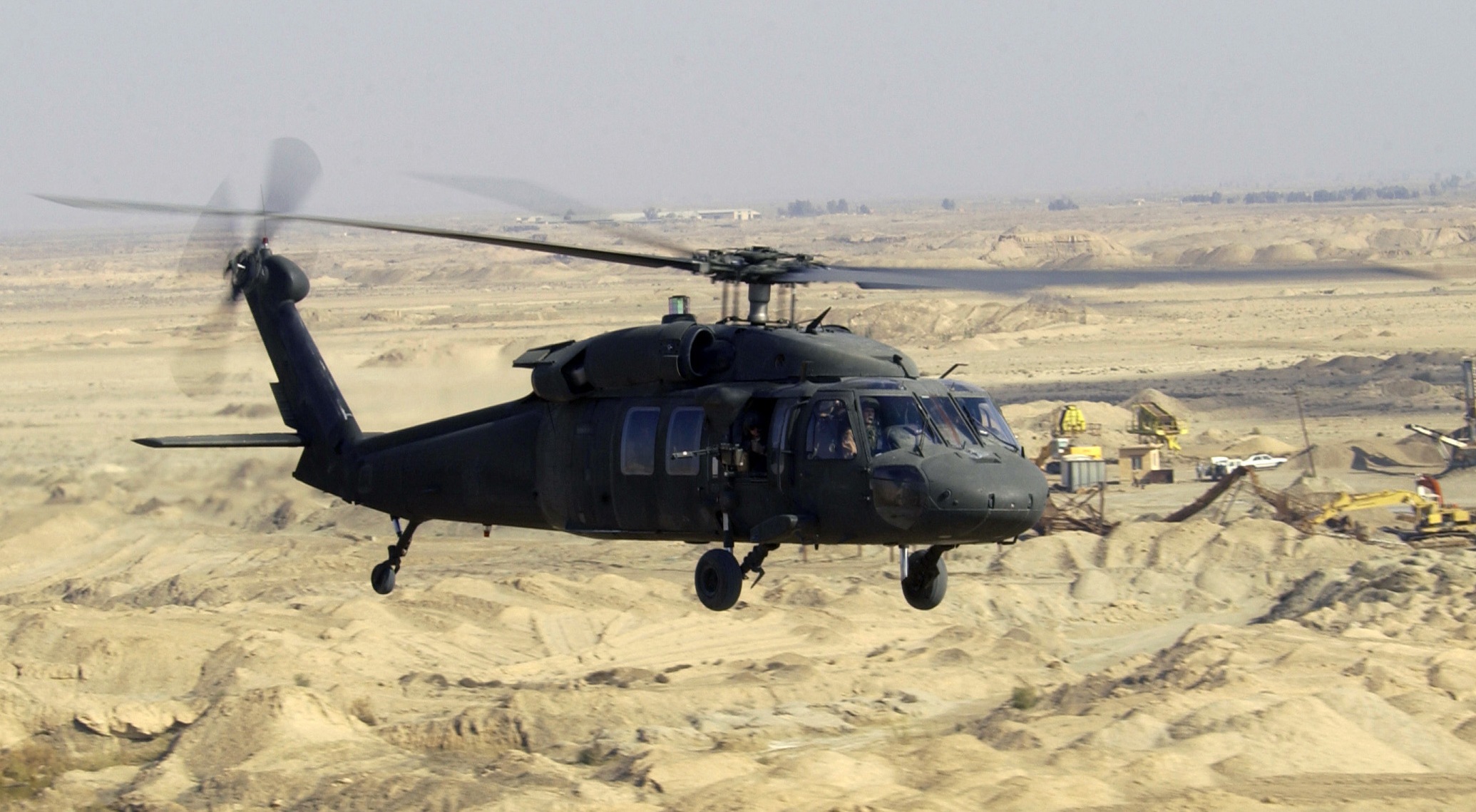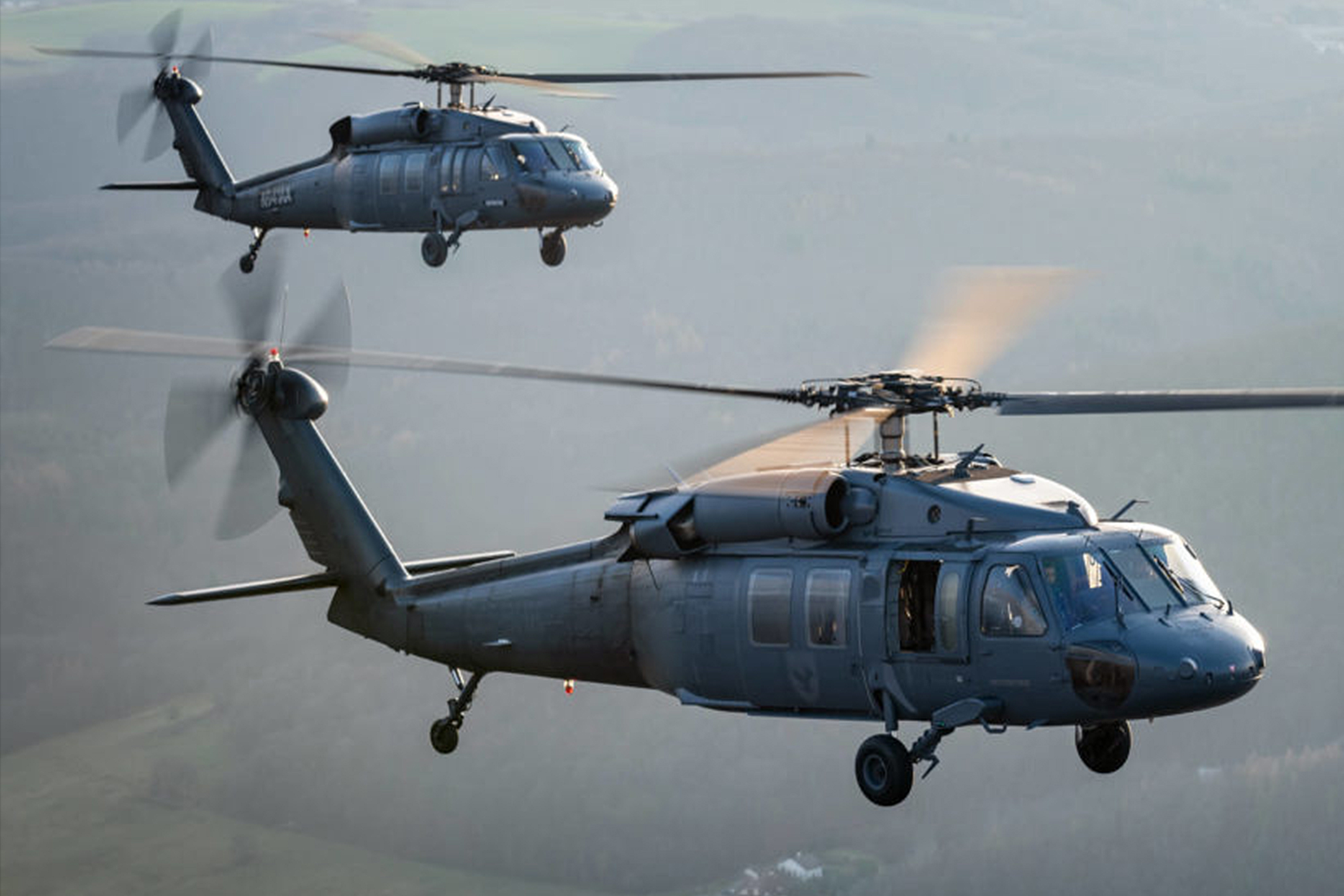Checking out the Adaptability of the UH 60 in Numerous Armed Forces and Private Functions
UH-60: Innovations in Modern Helicopter Style
The UH-60 helicopter stands as a standard in contemporary aeronautics, showcasing considerable innovations in layout and innovation that provide to the evolving demands of armed forces procedures. As we discover the evolution and crucial developments of the UH-60, it becomes essential to think about exactly how these developments affect not just existing applications yet additionally the future landscape of helicopter design.

Development of the UH-60
The development of the UH-60 Black Hawk helicopter represents a considerable landmark in aerospace engineering and military aviation. Presented in the late 1970s, the UH-60 was made by Sikorsky Aircraft to fulfill the USA Military's demand for a versatile energy helicopter with the ability of doing a selection of goals. Its style highlighted rate, sturdiness, and maneuverability, establishing new standards for operational performance.
The UH-60 features a distinct four-blade blades system, which enhances lift and security, allowing it to run successfully in varied settings. Its airframe is constructed from advanced composite materials, adding to a reduction in weight while preserving structural stability. The helicopter's style also integrates better aerodynamics, which boosts gas efficiency and raises range.
For many years, the Black Hawk has actually undergone several upgrades to enhance its capabilities, consisting of boosted engines, progressed trip control systems, and modular systems for easy maintenance and flexibility. The helicopter's capability to carry out objectives varying from army transport to clinical discharge has strengthened its function as a foundation of united state armed forces operations. The UH-60 Black Hawk remains an archetype of just how technology in helicopter layout can dramatically impact military effectiveness and functional flexibility.
Advanced Avionics Solutions
Advancements in avionics systems have actually changed the capacities of modern helicopters like the UH-60 Black Hawk, enhancing functional performance and situational understanding (UH 60). The combination of sophisticated avionics permits boosted navigating, flight, and communication administration, making the UH-60 much more versatile in diverse mission profiles
Among the vital features is the sophisticated digital cockpit, which employs multifunction display screens that provide real-time information, guaranteeing pilots have prompt access to critical flight information. This streamlining of details reduces pilot workload and improves decision-making procedures during complex procedures. In addition, the incorporation of general practitioner and inertial navigation systems allows exact positioning and route planning, improving goal implementation in challenging atmospheres.
Furthermore, progressed avionics systems boost interaction capabilities through protected data web links and voice interaction systems, enabling smooth control with ground pressures and various other aircraft. The integration of automated flight control systems further contributes to improved security and control, especially in unfavorable climate conditions or throughout low-altitude maneuvers.
Engine and Performance Enhancements
Engine efficiency in contemporary helicopters has actually taken a substantial leap ahead, driven by developments that boost efficiency, power, and dependability. The UH-60 Black Hawk, for instance, utilizes the T700-GE-701C engine, which features a dual-channel, full-authority electronic engine control system.
In addition, the integration of engine health tracking systems enables real-time diagnostics and anticipating upkeep, substantially improving functional reliability. These systems not just sharp teams to potential issues before they come to be crucial but also assist in much more reliable upkeep organizing, thus lowering downtime.

Materials and Structural Innovations
Current developments in materials and structural style have transformed contemporary helicopter construction, improving both performance and toughness. The intro of advanced composite directory materials, such as carbon fiber reinforced polymers, has significantly minimized weight while keeping structural integrity. This shift not only improves gas performance however also increases haul ability, allowing helicopters like the UH-60 to do more diverse objectives.
Additionally, innovations in light weight aluminum alloys and titanium parts have added to enhanced resistance to deterioration and fatigue, extending the life expectancy of important airframe components. The strategic use these materials has actually brought about a reduction in upkeep demands and boosted overall functional readiness.

Additionally, the assimilation of computer-aided style (CAD) and additive production technologies has made it possible for more intricate geometries and lightweight structures, enhancing the aerodynamic efficiency of helicopter designs. These improvements promote fast prototyping and production, allowing producers to react promptly to developing goal needs.
Safety And Security and Survivability Functions
Safety and security and survivability functions in modern-day helicopter style have become paramount, showing the increasing needs for mission effectiveness in difficult atmospheres. The UH-60 Black Hawk, a significant example, integrates advanced technologies to enhance crew and passenger defense. Among one of the most essential innovations is the incorporation of crashworthy gas systems made to lessen the threat of fire during effect. Furthermore, the airframe is built with strengthened materials that soak up and dissipate energy, further shielding index passengers in the occasion of a collision.
The helicopter likewise employs a ballistic security system, which consists of armored crew seats and crucial systems protecting, decreasing susceptability to small arms fire and shrapnel. Improved situational awareness is attained via advanced avionics and sensing unit modern technologies, permitting pilots to identify and stay clear of threats efficiently.
Furthermore, the assimilation of redundancy in critical systems-- such as double engines and several trip control channels-- makes certain ongoing operation also if one system stops working. The UH-60 is furnished with sophisticated emergency flotation protection tools, boosting survivability in water touchdowns. Collectively, these functions not just boost the security of personnel yet also increase goal success prices in aggressive environments, showing the dedication to quality in helicopter style.
Conclusion
The UH-60 helicopter represents a significant improvement in modern aviation innovation, incorporating ingenious products, cutting-edge avionics, and robust security functions. In general, the UH-60 offers as a criteria for future developments in helicopter design, personifying durability and versatility in contemporary military operations.
The UH-60 helicopter stands as a criteria in modern-day aviation, showcasing considerable improvements in More hints layout and modern technology that provide to the developing demands of army operations. As we discover the advancement and vital advancements of the UH-60, it comes to be crucial to consider how these developments affect not only existing applications however likewise the future landscape of helicopter layout.
Introduced in the late 1970s, the UH-60 was developed by Sikorsky Aircraft to fulfill the United States Army's demand for a flexible utility helicopter qualified of doing a range of goals. The UH-60 Black Hawk stays a prime instance of exactly how advancement in helicopter layout can substantially influence military effectiveness and functional adaptability.
On the whole, the UH-60 serves as a criteria for future growths in helicopter style, embodying durability and versatility in modern army operations.